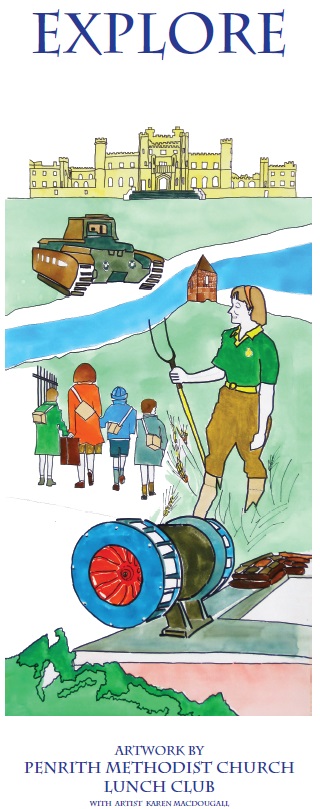20th Century
By the start of the 20th century, Penrith was entering an era of prosperity and urban development, supported by the newly formed Penrith Urban District Council (now Eden District Council).
To accommodate the Council’s new services, a prestigious town hall was built in 1905−06 by converting two Adam-style town houses. One of these houses was once occupied by William Wordsworth’s cousin, John, in around 1805.
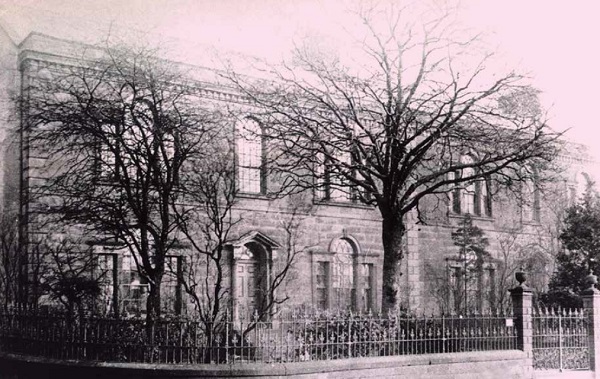
Wordsworth House, c. 1890
Penrith and Eden Museum
Building on the work of the local Board of Health, Penrith UDC continued to improve facilities in the town. Electric lighting was installed, a new reservoir at Hayeswater helped to improve the local water supply, sewers were upgraded and a new sewage works built at Whinfell. The benefits of fresh air and outdoor exercise were also recognised and a new public park (Castle Park) was opened on land adjacent to the castle in 1923.
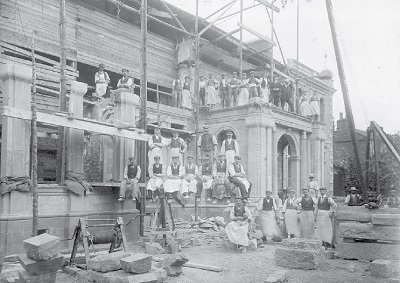
Construction work on Penrith Town Hall, 1906
Penrith and Eden Museum
The 1920s also saw the emergence of Penrith’s first council houses, initially at Scumscaw (now Wetheriggs estate). House building continued after the Second World War with more council estates developed at Scaws and Pategill.
The Alhambra in Middlegate was built in 1909 on the site of the New Brewery. It comprised a roller-skating rink, theatre and public hall – and later became the town’s first cinema.
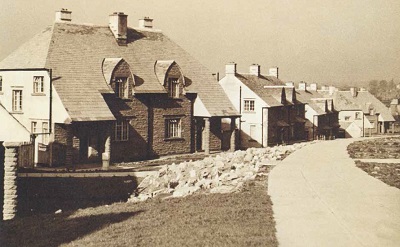
Scaws housing estate, 1949
Penrith and Eden Museum
War blighted the nation during the 20th century and had an impact upon the people of Penrith as anywhere else. In 1906 a monument, familiarly known as the ‘Black Angel’, was unveiled in Corney Square in memory of men from Penrith who died during the Boer War in South Africa (1899−1902). The monument was moved to Castle Park in 1964. The stone arch at the main entrance to Castle Park is a memorial to the men and women from the town who gave their lives in the 1914−18 and 1939−45 wars. Inside the gateway the names of the dead are inscribed on bronze panels.
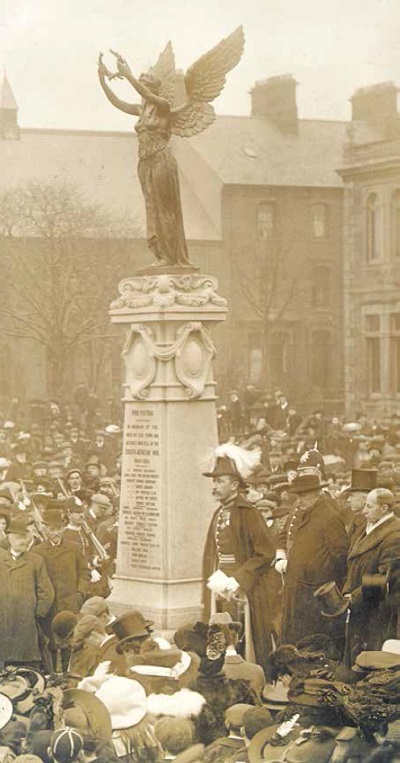
Unveiling of the South African War Memorial, 1 March 1906
Penrith and Eden Museum
Although Penrith was on an important crossroads, its narrow streets were not designed for the increasing volumes of traffic that came through the heart of the town centre. Relief came when the first stage of the M6 motorway in Cumbria opened in 1966 and took much traffic away from the town centre.
Over the last 100 years or so, Penrith’s population has increased from around 6,000 to 15,000 as a result of a growth in trade. Today, modern retail parks, industrial units and supermarkets now support the local economy, but Penrith still retains its charm as a historic market town.

An abnormally long tanker about to negotiate ‘The Narrows’ in Penrith
Frank Boyd Collection
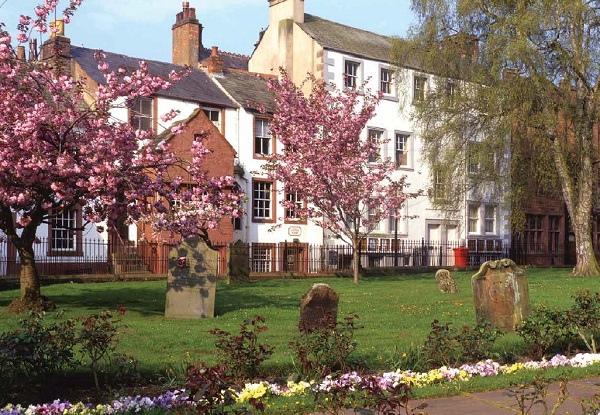
St Andrew’s Churchyard, looking towards the Tudor House. Despite centuries of change and progress, Penrith retains its historical appeal today.
Val Corbett


